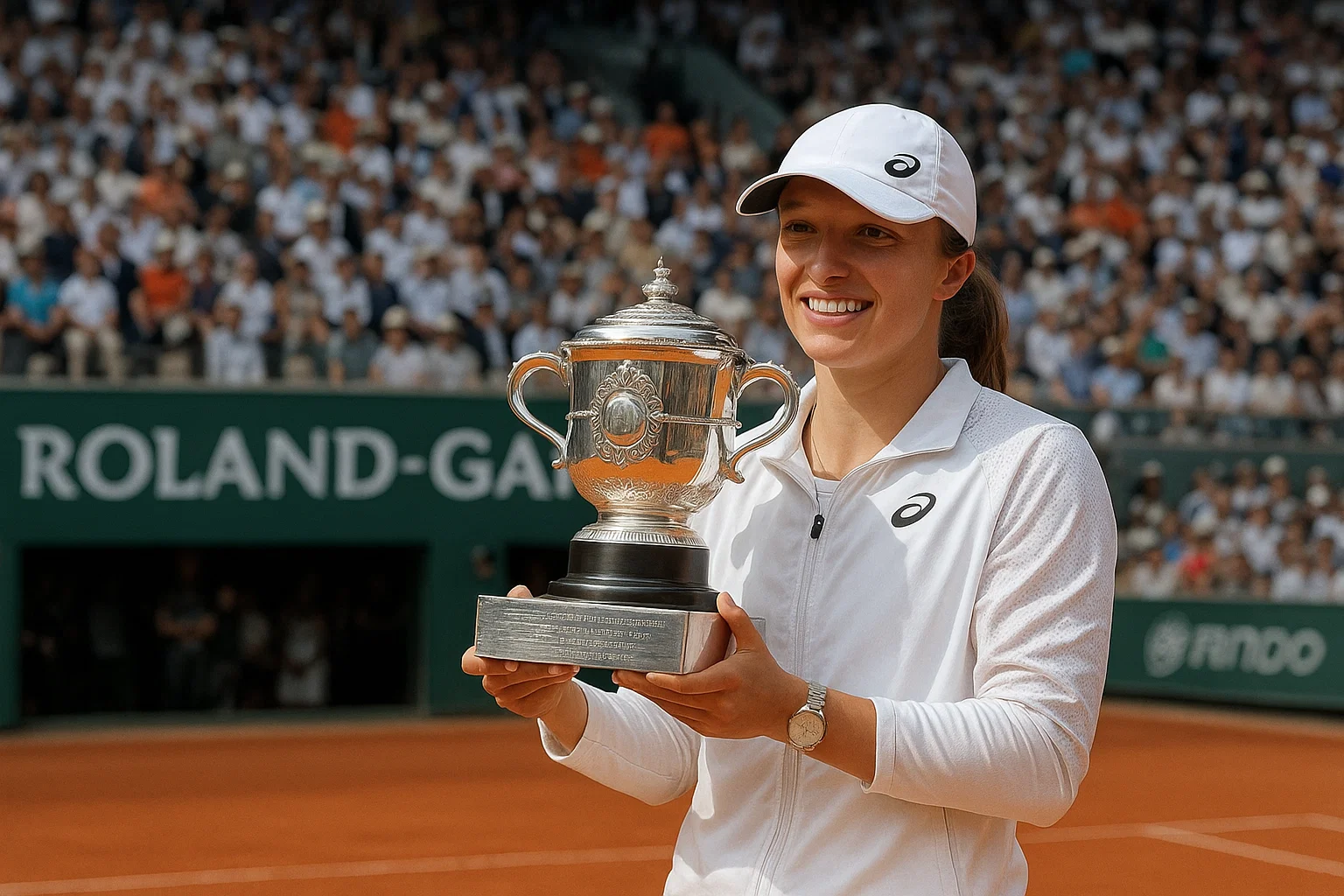As the clay courts of Roland Garros gear up for yet another exciting French Open, one player faces the formidable challenge of defending her title: Iga Swiatek. The Polish sensation, who stormed to victory the previous year, will encounter a challenging draw as she aims for a sixth Grand Slam title and seeks to carve out her legacy as one of the premier clay-court players in the sport’s history.
To fully appreciate the grandeur of this tournament, one must recognize the rich tapestry of history that Roland Garros embodies. The French Open, first held in 1891 as a national championship, evolved into an international spectacle in 1925, reflecting the changing dynamics of the sport itself. It is renowned for its unique clay courts, which slow down the ball and produce longer rallies, placing a premium on strategy and endurance. Throughout its storied history, it has been a launching pad for legendary players like King Richard, Björn Borg, and, more recently, Rafael Nadal, often dubbed the ‘King of Clay’ for his extraordinary record on this surface.
Swiatek’s pursuit of glory will not be an easy task. As former pro and commentator Andy Roddick aptly noted, she has one of the “most brutal draws” in the tournament, pitting her against formidable competitors like Coco Gauff, an exciting young talent, Madison Keys, known for her powerful game, and the rising star Mirra Andreeva. Each of these players brings unique challenges, and Swiatek will need to draw upon her skills and resilience from the very first match.
Interestingly, a challenging draw can sometimes serve as a motivator. Roddick noted in his “Served” podcast that such situations can help players “lock in” mentally, forcing them to dig deeper and uncover latent strengths. Swiatek’s past performances have shown her capacity to adapt and thrive under pressure, which will be crucial as she navigates the early rounds.
Winning another Grand Slam title carries immense significance for Swiatek, beyond personal achievement. It would solidify her standing among the all-time greats and reinforce her dominance on clay—a surface where her blend of speed, agility, and strategic play can shine. Such a victory would also serve to dispel doubts about her earlier successes being a mere fluke. As she herself remarked in an interview with BBC Sport, Grand Slam tournaments are long and unpredictable, often requiring players to find their rhythm amidst challenging starts.
Swiatek’s growth over the past few seasons has been remarkable. Bursting onto the scene with her French Open victory in 2020 as an unseeded player, she demonstrated a fearless style of play that captivated audiences. Her achievements thus far have paved the way for a new generation of hopefuls, showcasing the importance of resilience and mental fortitude in tennis.
The spirit of competition at Roland Garros draws on its historical significance, where the very essence of the sport is put to the test. The venue itself, inaugurated in 1928, has witnessed numerous extraordinary matches played on its iconic red clay, a surface that tests athletes’ endurance and skill over two grueling weeks.
As Swiatek embarks on her title defense, she carries the weight of history on her shoulders and the hopes of many. Her exploits thus far hint at a player who is not just capable but destined to leave an indelible mark on tennis. With her combination of power, strategic prowess, and unwavering confidence, fans can expect thrilling encounters on the vibrant courts of Roland Garros.
In closing, while Iga Swiatek faces a formidable challenge, her journey at the French Open reflects the very essence of tennis—a blend of skill, tenacity, and the relentless pursuit of excellence. As Roddick aptly put it, one can only pay tribute to the relentless spirit of competitors like Swiatek as they battle for sporting glory in this cathedral of tennis.

Leave a Reply